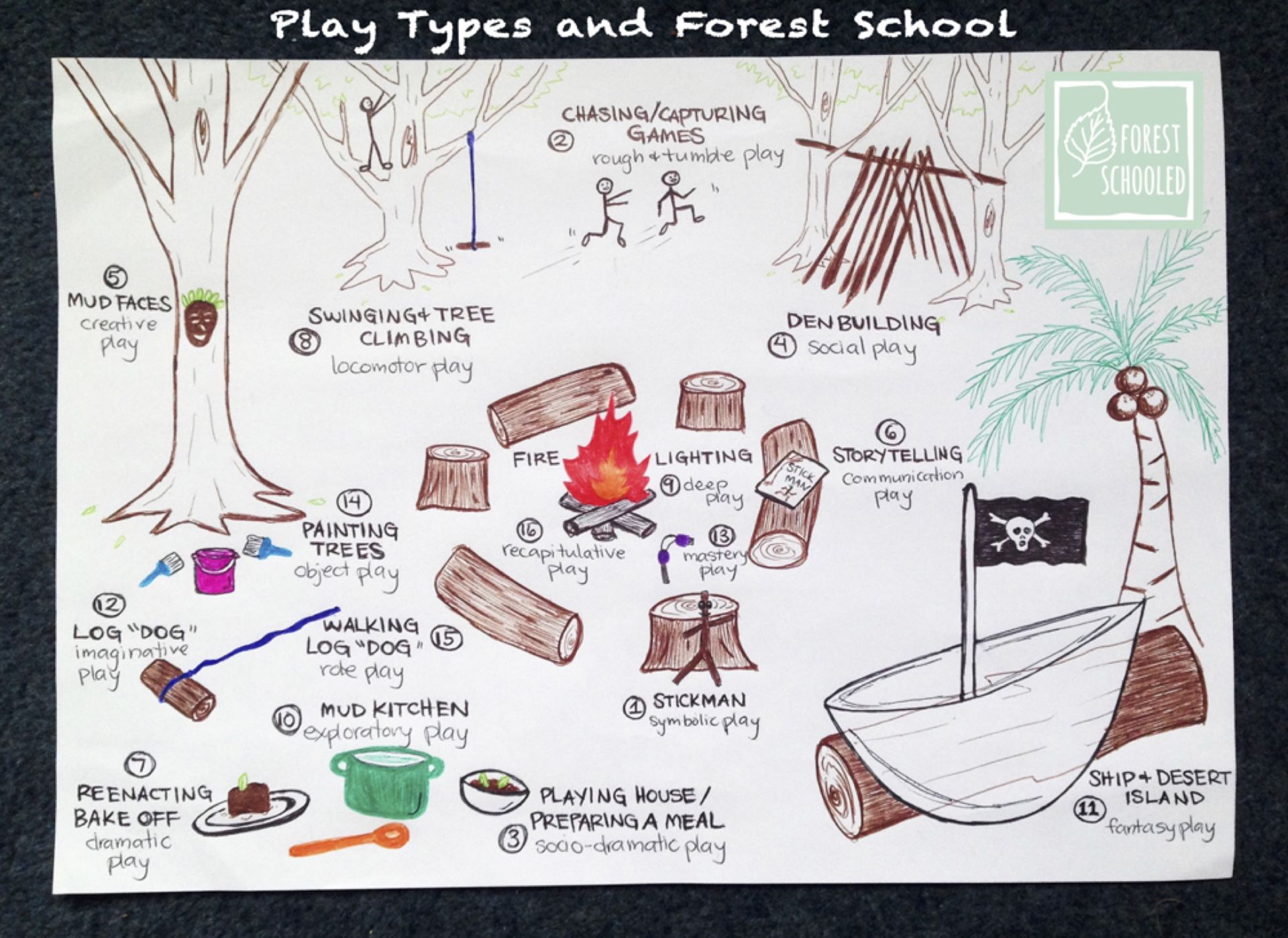Ella took the 'wheel' as captain and we navigated our way to the island. A few moments later she said, “We're at the island now. We need to get coconuts and bring them to the ship,” and ran off without even a glance back. I hesitated briefly, then thought, “Well, I guess I better go too!” So I jogged off after her.
Then she stopped and looked up towards the sky. I looked up too (I didn't really knowing why, but I was trying my best to understand and be in 'her world'). Then she started moving her arms and legs up and down, as if crawling, but in a vertical direction. I stood watching from a short distance away, waiting for a cue of what to do next. She stopped and turned to see where I was. I think she was a bit annoyed that I was standing there looking clueless. She barked, “Come on! Here are the coconuts. You need to take them to the ship.” I then realised she had been pretending to climb a coconut tree!
I took the imaginary coconuts from her and, holding them tightly in my arms, turned around to head back to the ship. But I stopped as I suddenly thought, “Oh crap... where's the ship?!” I glanced around and found the spot where we had first started, assuming the ship must still be there. I placed the coconuts down and turned to look at her.
“No not there!” she exclaimed, “The ship is here now!”
“Whoops!,” I said as a I picked the coconuts back up and walked over to put them in the 'correct' place this time. Ella took the wheel of the ship again and we made our way back to sea. Then another 4 year old girl came over to see what we were up to (she must be a strong swimmer, those seas were choppy!). The play soon morphed into something else and the ship and all those carefully collected coconuts disappeared.
This brief interaction with Ella was a little bit challenging for me. It made me tap into a part of myself that's a little bit rusty – my imagination. Kids are naturally inclined to 'see' and interact with things that aren't really there. They do it all the time, creating incredible imaginary worlds and scenarios. But when you try to do it as an adult, you often feel... well... a little bit crazy. And even when you do throw your ego out the window, it's still really difficult to interpret the world inside a child's head because you can't always 'see' what they 'see' (Hence why I unintentionally deposited the coconuts on the wrong ship... or in the middle of the ocean... I'm still not even sure where I put those coconuts...).
Because we can't always tap into a child's world during play, it can sometimes be difficult to identify or understand how they are playing. I have found Bob Hughes' theory of 'Play Types' very useful in gaining a better understanding of how and why kids play. Hughes identified 16 different types of play behaviours that children display:
These do not necessarily cover all the ways children play and there is often overlap between two or more categories. Nevertheless, understanding these play types can be really helpful when planning, observing, or participating in children's play.




